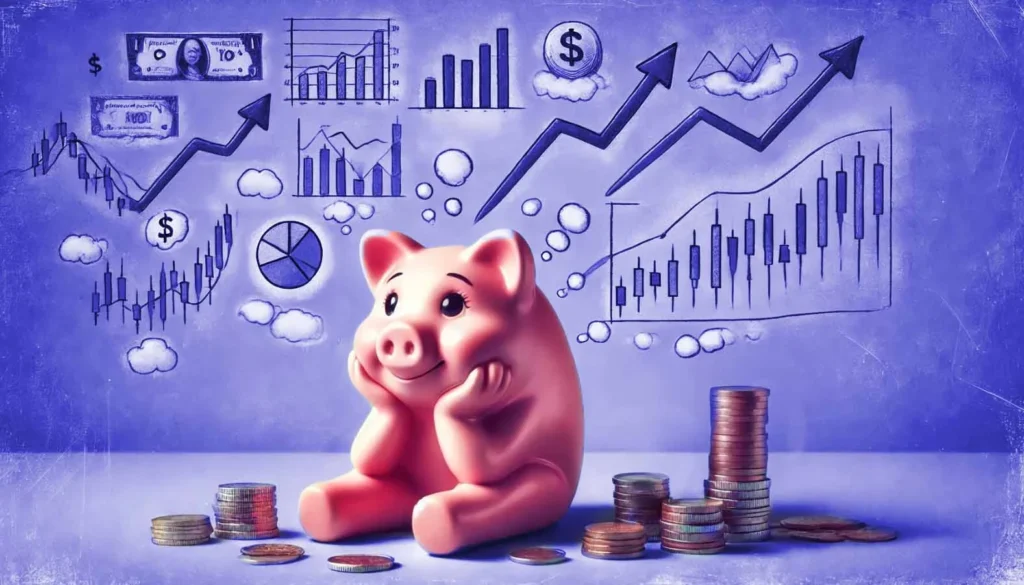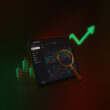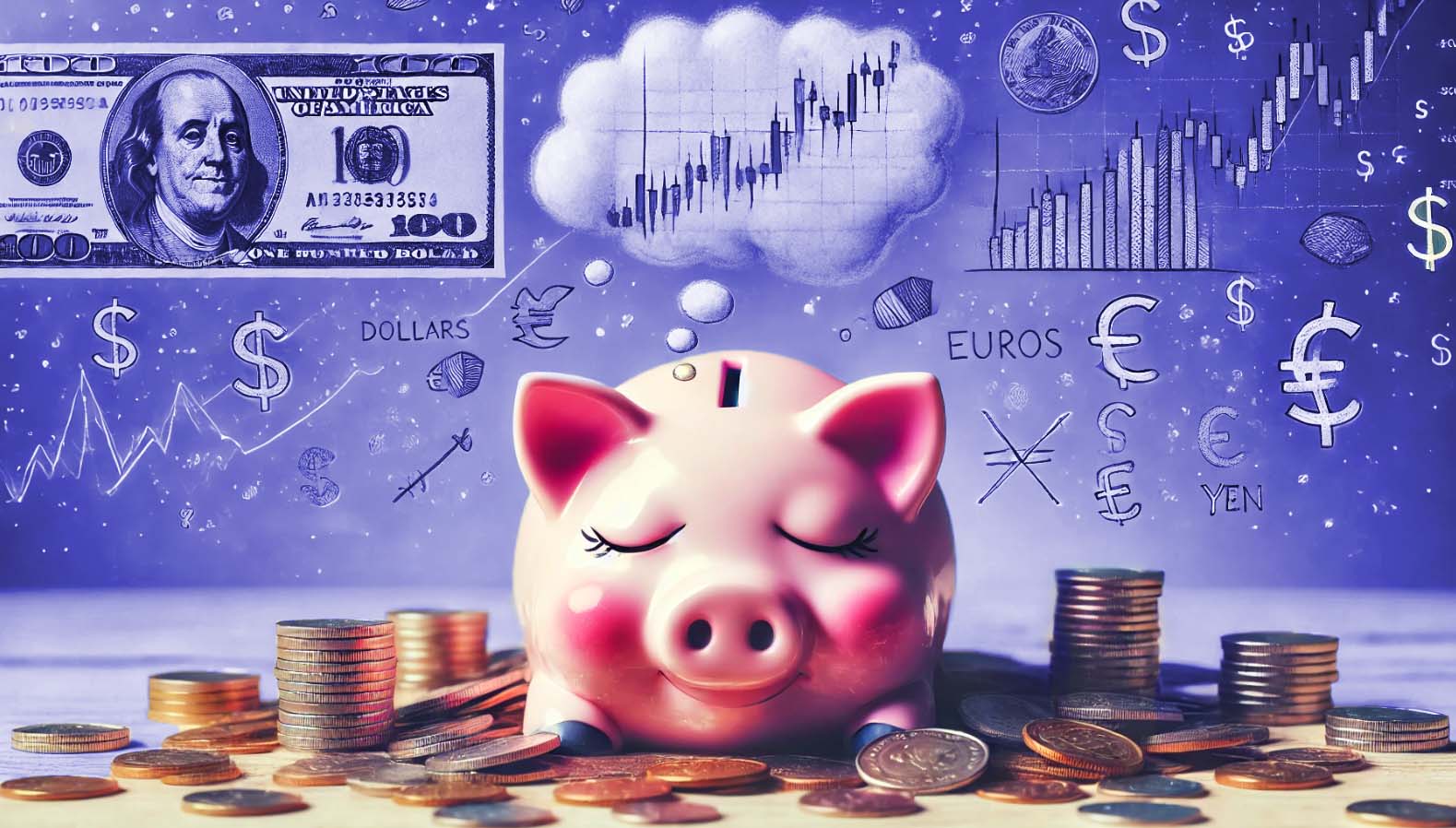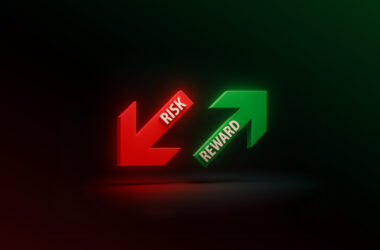Have you ever considered getting into financial trading, where the big returns can seem very tempting? If your answer is “yes”, the first thing that will come to your mind is where to start.
Every trading journey begins with many tough questions: How much money do you need to start day trading? How much should you have to invest in stocks? These questions are like the first steps on a long road, guiding your decisions and setting the tone for your financial journey. These are not simply about numbers but understanding your goals and the risks you are willing to take.
What strategies do traders use to handle the ups and downs of financial markets, where you can win or lose money quickly? Despite many trading platforms and educational resources, success in trading is still very challenging: it involves more than just numbers, so you should carefully define your budget, rely on data, and use different strategies to manage this.
Some focus on long-term investing, buying stocks they believe will grow over time. Others engage in day trading, buying, and selling quickly to make small profits on short-term changes. Some traders use technical analysis, studying trading performance and past prices to predict future movements. Others rely on fundamental analysis, looking at a company’s financial health and market conditions. Approaches differ, what about the money?
Can You Start Day Trading with $100?
Those with some trading knowledge understand that with $100, your ability to purchase stocks or other assets is limited. Many stocks, especially those of well-established companies, may be priced higher than one can afford.
When planning to start trading for $100, you should consider several points:
- Find a broker with no minimum deposit and low fees.
- Ensure the platform offers educational resources and a demo account.
- Start with easy strategies like swing trading.
- Consider trading fractional shares to diversify.
- Use stop-loss orders to limit losses.
- Risk only 1-2% of your capital per trade ($1-2 with $100).

Key Considerations for Determining Your Initial Trading Capital
When deciding how much money to start with in trading, the first thing to consider is your financial stability. You should use money you can afford to lose, as trading involves risks. Here are some steps to consider:
Your Trading Style
Different trading styles have varying capital requirements and the frequency of trades. For instance, day trading often requires a comparably higher amount of capital due to the rapid and high volume of trades. On the other hand, swing trading and position trading require less capital.
Swing trading involves holding positions for several days to weeks, aiming to profit from short- to medium-term price movements. By choosing a trading style that aligns with your financial situation and investment goals, you can more effectively plan your initial trading capital and develop a strategy that suits your needs.
Minimum Account Requirements
Many brokers require a minimum deposit to open an account, ranging from as low as $0 to several thousand dollars, depending on the offered services and features. For example, discount brokers often have lower minimum requirements, sometimes as low as $100, making them accessible for new traders with limited funds. However, full-service brokers, which provide more extensive services like financial advice and research, may require minimum deposits of $1,000 or more.
Risk Management
Effective risk management is crucial when determining how much money you need to start trading. Proper risk management involves setting aside a specific part of your capital for each trade. This approach helps protect your capital from notable losses and ensures you can survive the unavoidable ups and downs of trading.
A solid risk management strategy means diversifying your trades to avoid overexposure to any asset or market. You can protect your initial trading capital and increase your chances of long-term success.
Costs of Trading
Additional costs can impact your profitability and the money you need to start trading. Key costs include brokerage fees, which vary depending on the broker and the type of trading you engage in.
Another critical cost to consider is the bid-ask spread, which is the difference between the buying and selling price. By accounting for these various costs and fees, you can better estimate the initial capital required to sustain your trading activities and achieve profitability.
Regulatory Requirements
Different markets and jurisdictions have specific rules that can impact your initial capital requirements. International markets may have different regulatory standards, including minimum capital requirements and restrictions on certain types of trading activities. By understanding and complying with these regulatory requirements, you can ensure that your initial trading capital meets the necessary legal standards.
Psychological Considerations
Trading can be emotionally challenging, and the amount of money you start with can influence your stress levels and decision-making processes. Starting with a large sum of money might seem advantageous, but it can boost the pressure to succeed, leading to anxiety and potentially impulsive or irrational trading decisions. By starting with an amount of money you are comfortable risking, you can better manage your emotions and make more rational trading decisions.
Emergency Fund
Before diving into trading, ensuring you have an adequate emergency fund is essential. Having an emergency fund is important as trading involves inherent risks, and there is always the possibility of losing your trading capital. If your trading funds are also your safety net, you might be forced to make rash decisions under pressure, which can lead to further losses.
Long-Term Goals
Ask yourself what you aim to achieve through trading: are you looking to increase your income, save for retirement, or achieve financial independence? Your long-term goals will influence how much money you need to start trading and the level of risk you are willing to take.
By clarifying your long-term goals, you can better determine the appropriate amount of initial trading capital needed to support your aspirations while maintaining a balanced and sustainable approach.
Last but not least, using a trading journal is essential to optimize your trading journey and achieve your long-term goals. Tools like UltraTrader can enhance your trading experience by providing comprehensive tracking and analysis of your trades. It helps you identify patterns, understand your trading behavior, and make informed decisions.










